An In Depth Look Into the FCPS Firewall
The roles of different sources of media in our world today are extremely important. They shape our views on current events and inform us on what’s going on in the world. But, the dark side of the media, which includes misinformation and “fake news” can have negative consequences to the extreme, such as contributing to events like the attack of the Capitol Building.
In school, the media is a part of our learning, as we use different sources for projects, etc. But, some sites are blocked under the FCPS firewall—the security system that controls network traffic on FCPS controlled devices—bringing up the question as to what goes behind the blocking of certain websites.
The first layer to this is: who actually is behind this? According to Ms. Babic, the technology specialist at West Po, nobody specifically at West Po blocks individual websites.
For example, she says that when a parent or teacher wants to block a site they consider inappropriate, “We [the technology team at West Po] have to then send that website to somebody. There’s a variety of people at the county level, they look at the website and decide whether it should be allowed or not and then they block it from there. It’s not a school by school decision.”
Tracey Jewell, director of IT support services at FCPS, says the county uses a program called Lightspeed to filter internet content and help them decide if a website should be blocked. “Lightspeed has a dynamic database that updates daily, as websites are scanned and categorized. There are three categories of websites automatically blocked by our Lightspeed service, which cannot be unblocked for any reason. According to Lightspeed, those categories are sites in the offensive, illicit and extremism categories. These are sites that feature highly explicit content or encourage violence to advance an agenda or set of beliefs.”
However, West Po can also unblock sites for students and teachers to use. If it’s a website that the technology team thinks has some sort of instructional purpose, doesn’t violate division, state, or federal policy, and doesn’t present risk to the FCPS network, then the site can be unblocked once the principal approves it.
“There’s a form that I have to fill out and forward to Ms. Millard. She approves or denies it, and then it goes to, we call them the fast team for Fairfax County, and they investigate it on their end and do whatever settings they need to do on your computer to block it,” Babic said.
According to Jewell, the procedures to unblock websites, “Are governed by Fairfax County School Board Regulation 6410.” And that, “Principals may approve changes to the filters at the local level, so, if students need access to a site, teachers simply need to submit any requests to unblock a site to the principal for review and approval.”
Recently, Babic faced a situation at West Po where a student wanted to unblock a website called Canva. “In this case the student wanted to use it to design flyers for a club. And it was blocked because it was flagged as mature content, there were some images or something that were in Canva that flagged FCPS’s system. So, we had that unblocked.”
Ultimately, the FCPS technology team looks out for students’ technical safety and they do their best to make sure that you aren’t putting out extra information about yourself on the internet. School systems have to take into consideration the Children’s Internet Protection Act (CIPA) and Policy 6401, when dealing with school-issued technology. “We’re trying to make sure that we’re not putting out extra information in the name of something for education,” Ms. Babic explains.
On the media side of things, specifically news sources, government teacher, Mr. Baldwin, says he’s concerned for his students as they are denied access to some content which could be crucial to their learning. Some of these sources include Vice News and Buzzfeed, which do good reporting —although they have a liberal bias— but are blocked and categorized as “mature” by the FCPS firewall.
Baldwin says, “Other websites, which are known producers of false, fake news, are open, and students are exposed to that.” These include Breitbart, Daily Caller, and OANN, which, according to Baldwin, “Frequently publish racist and white nationalist content or outrageously false and misleading stories.” He also added, “These are the same sites that promoted baseless conspiracy theories that led to the Capitol Hill insurrection.”
Mr. Baldwin explains how one of his students had to use his personal device in order to gain access to a source called PETA (People for the Ethical Treatment of Animals), a registered nonprofit organization, but its website was categorized as mature.
“It disappoints me that they can’t even use their school issued computer to access information on a website,” he says.
With news sources like Buzzfeed and Vice News—which are informative and more liberal—blocked and sources like Breitbart and Daily Caller—which tend to produce false stories and are slightly conservative—unblocked, there can be some challenges or deficiencies in the information students are receiving.
Even with this information, there is no evidence that the blocking and filtering of certain websites on the FCPS firewall is in any way political or biased. The sources that are blocked most likely have some sort of classification that was flagged, but these sources can always be unblocked if requested for instructional use.
Adeline Sauer is a determined senior who brings diverse interests and a strong work ethic to journalism. She is one of the School and Student Issue Co-Editors...


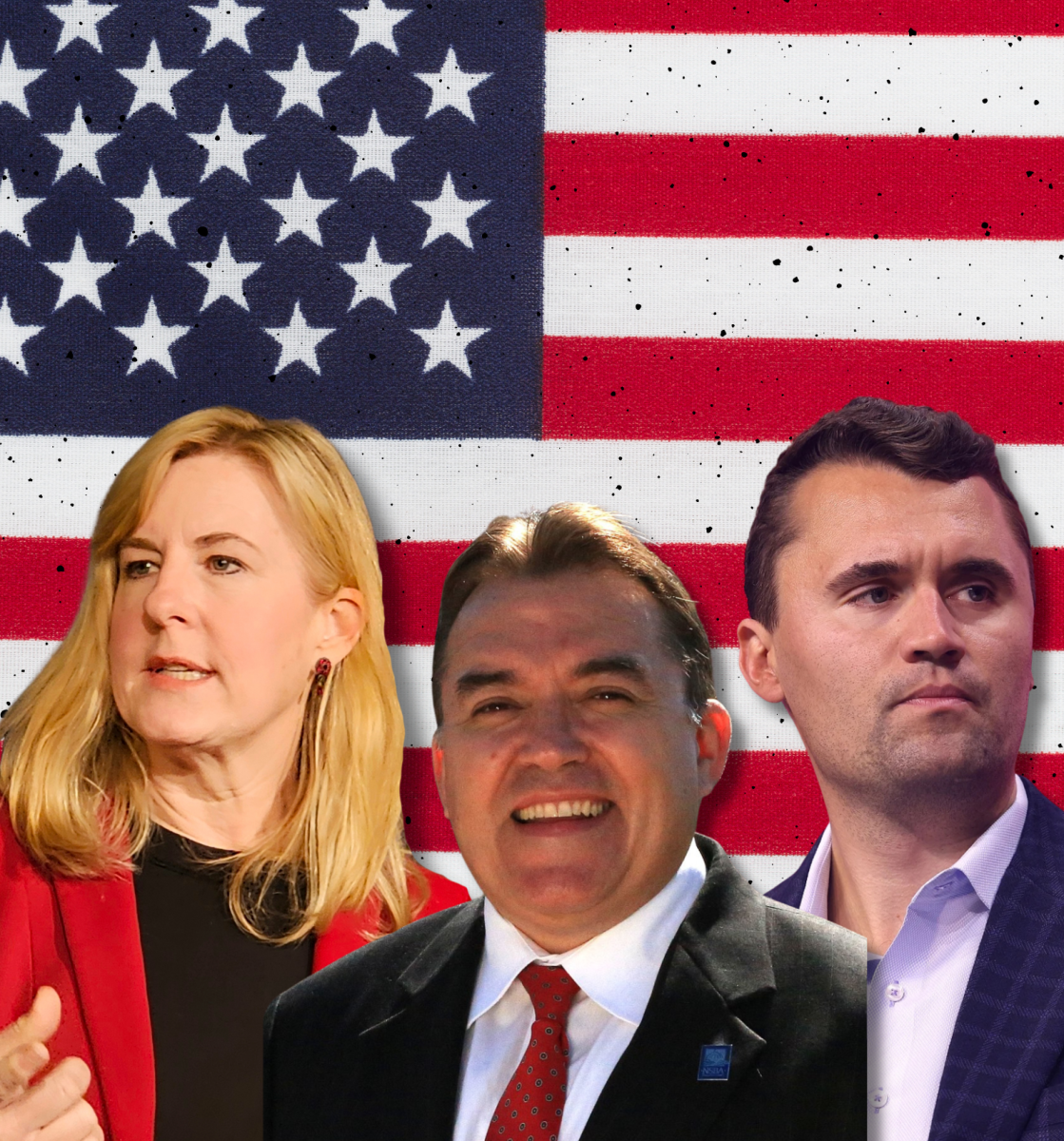
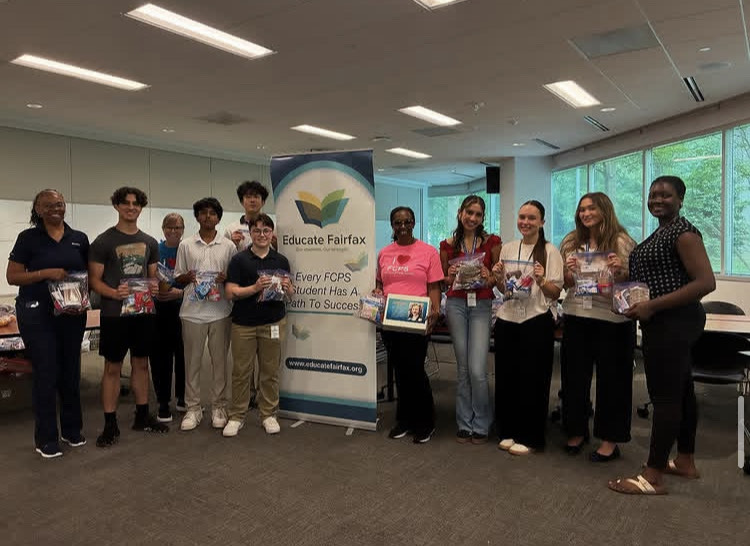

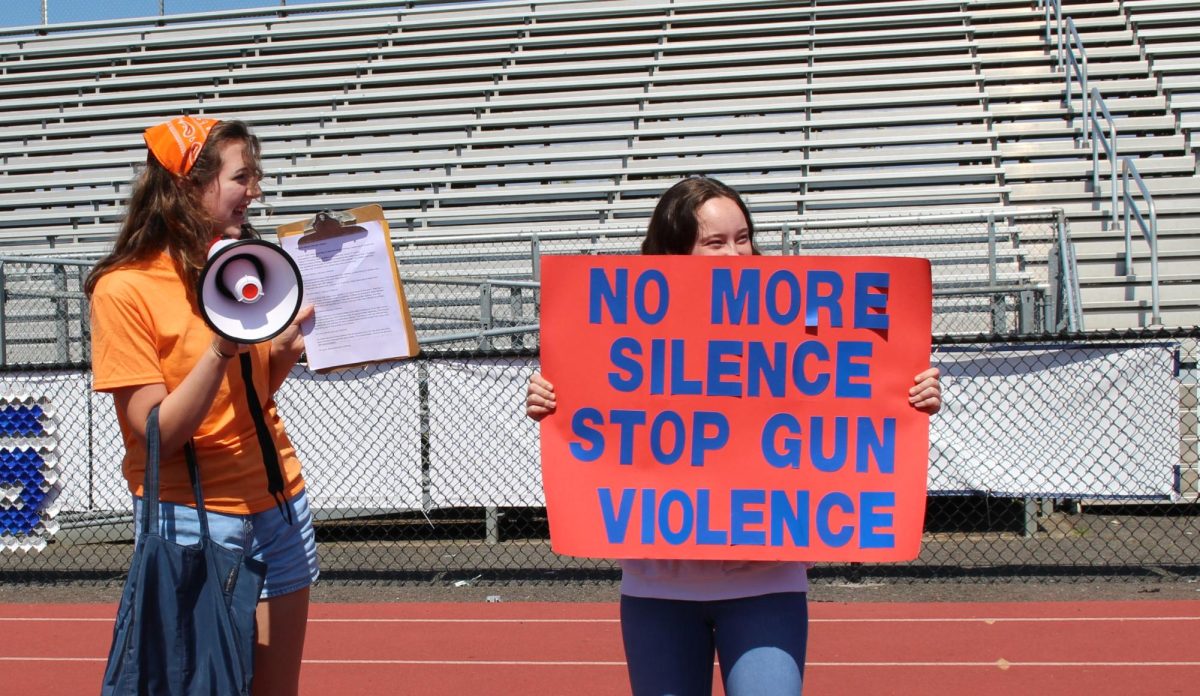
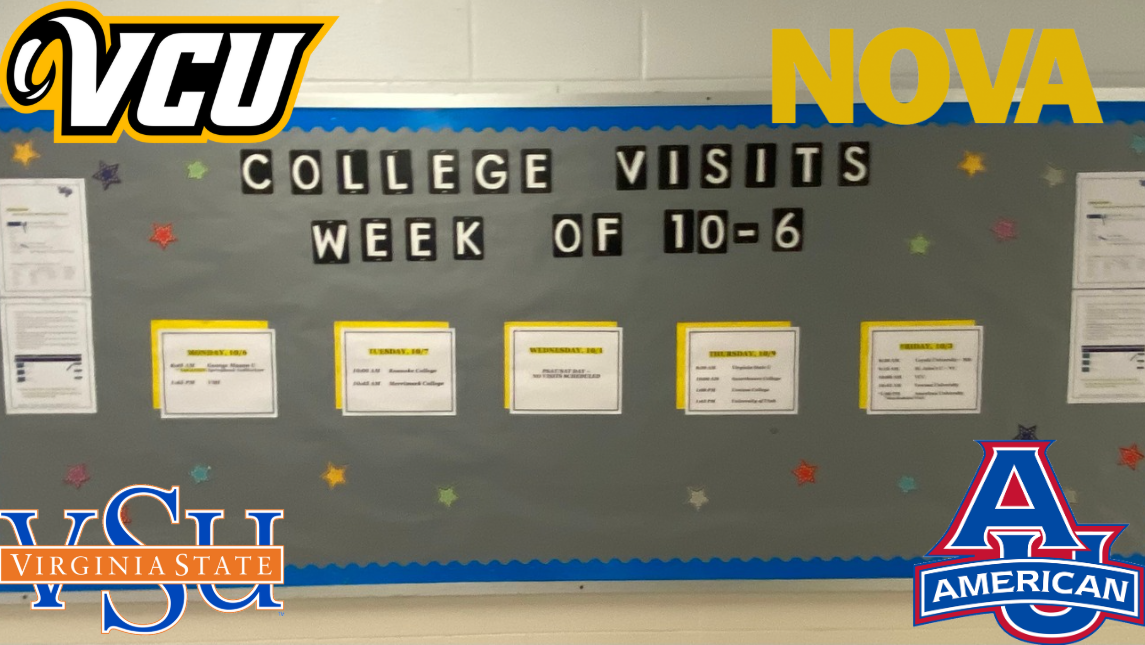
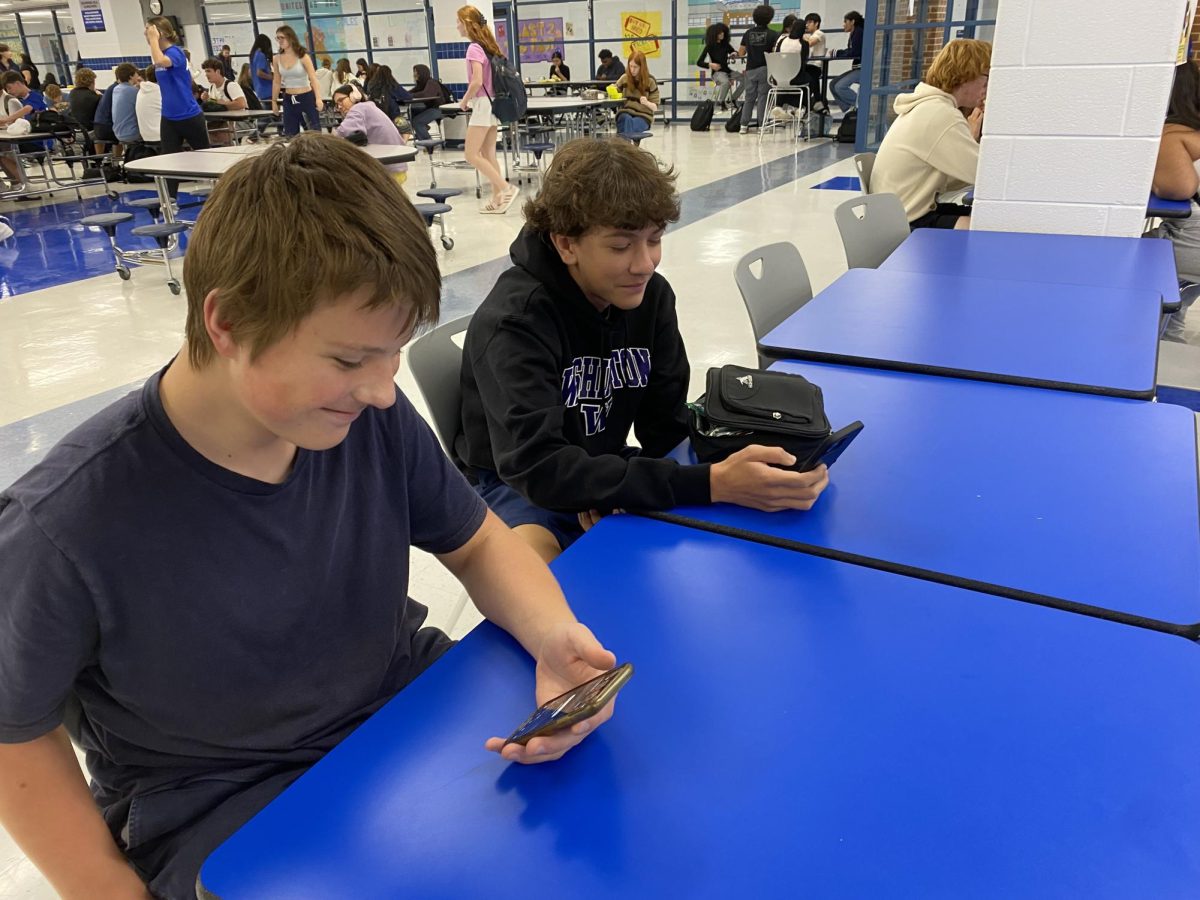
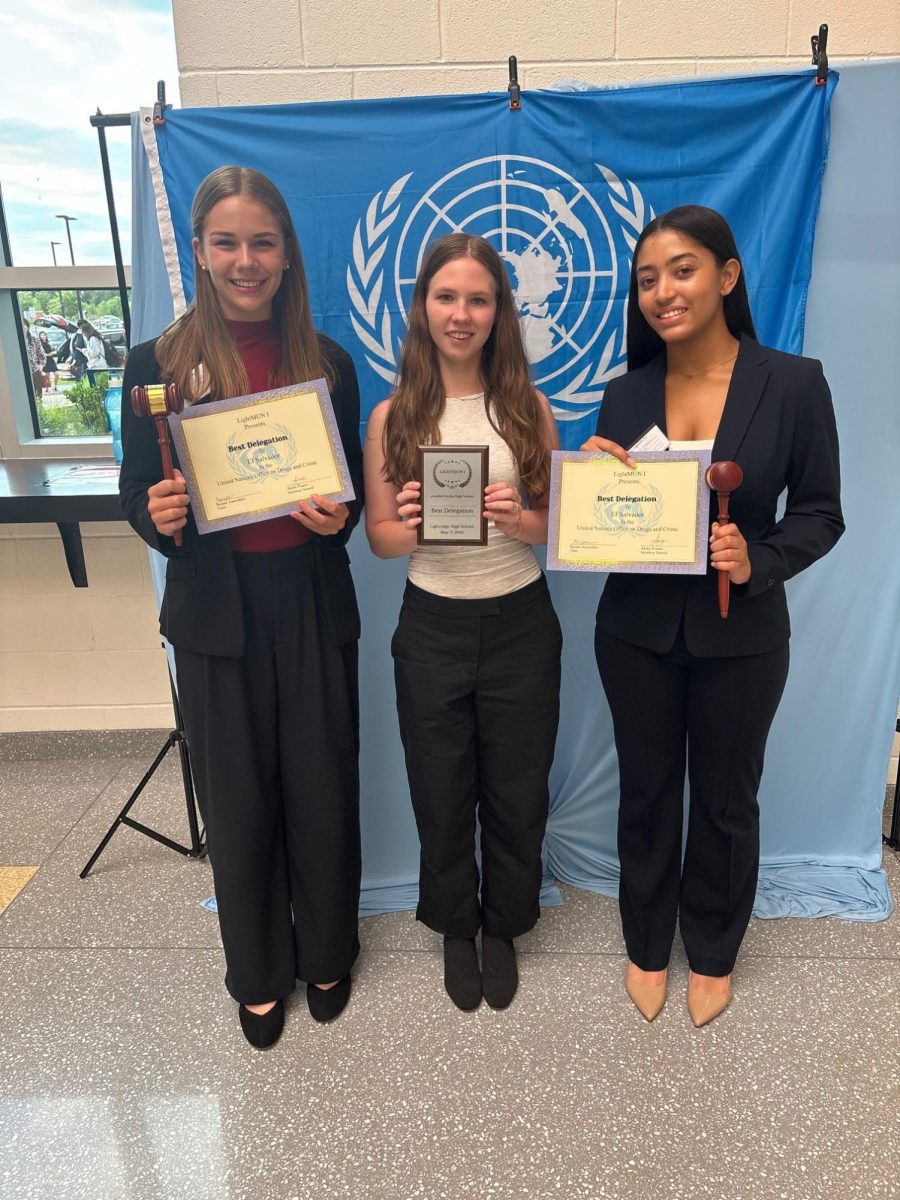

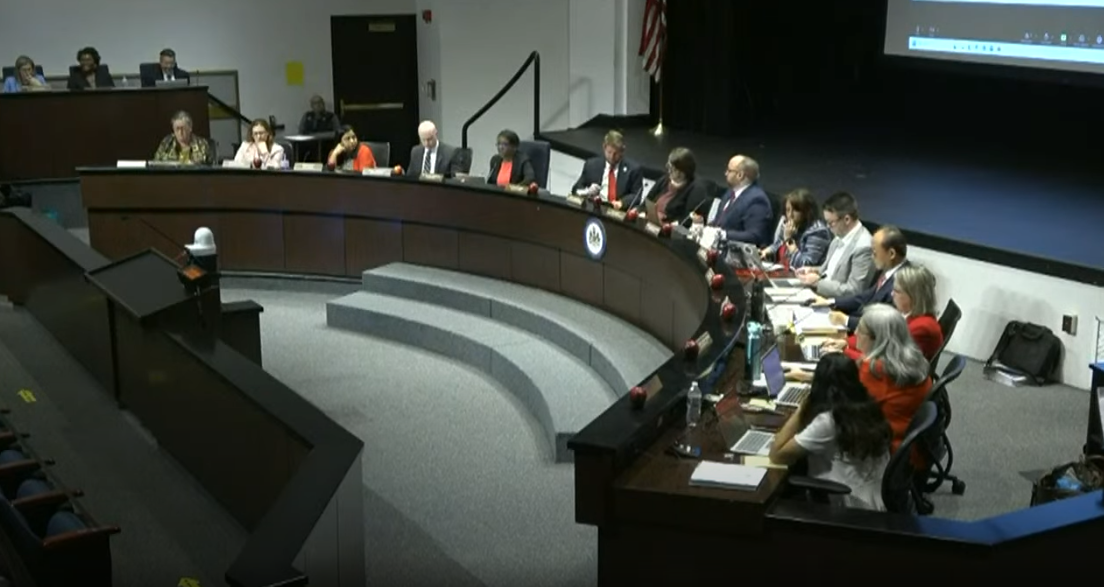

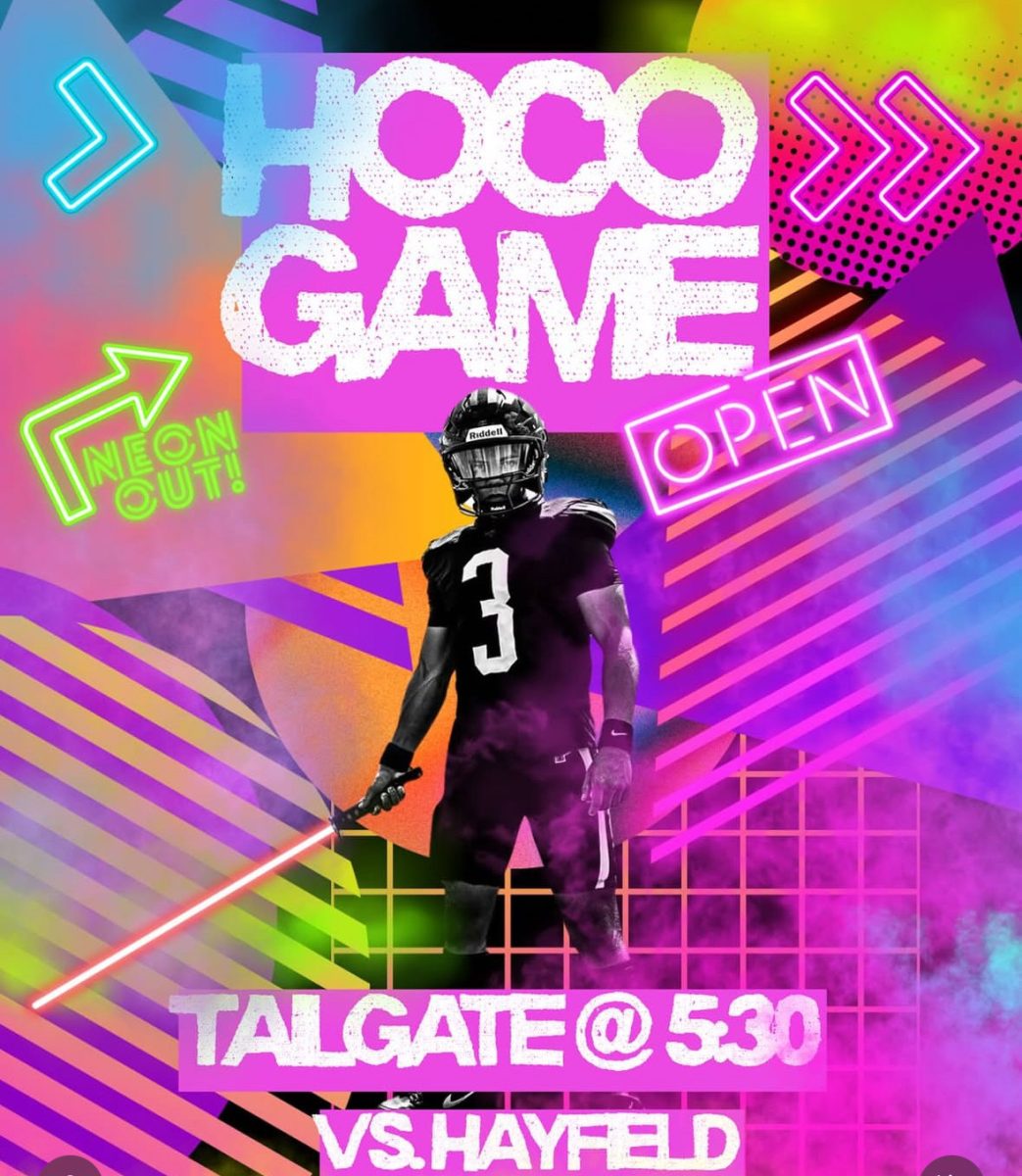
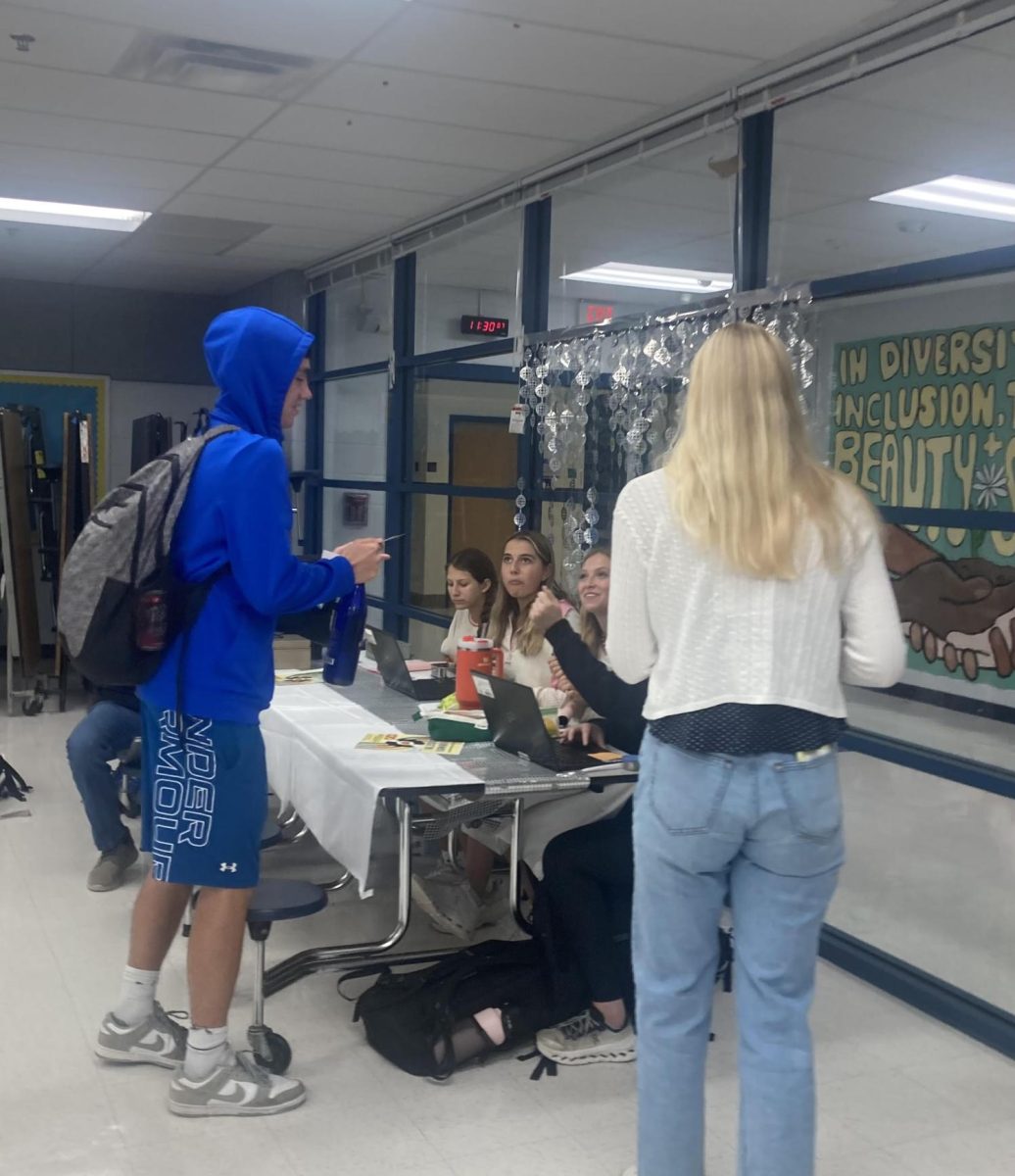

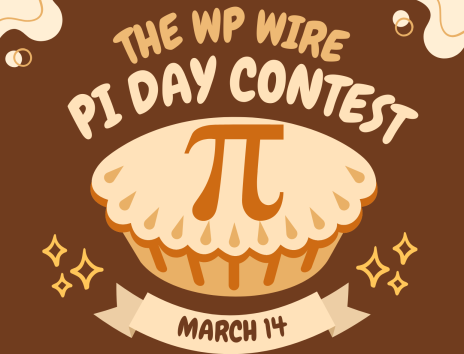


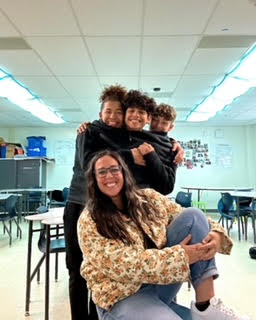




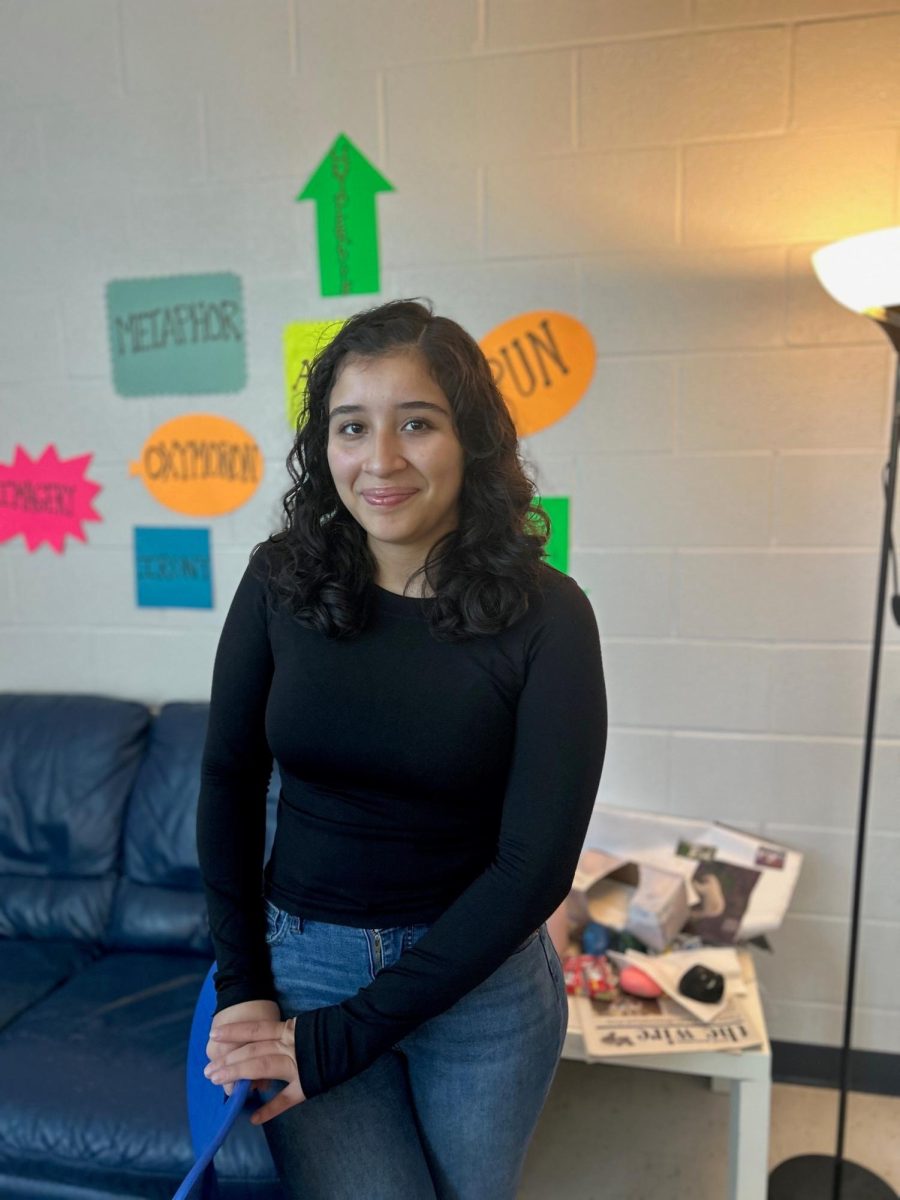

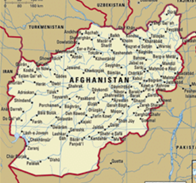



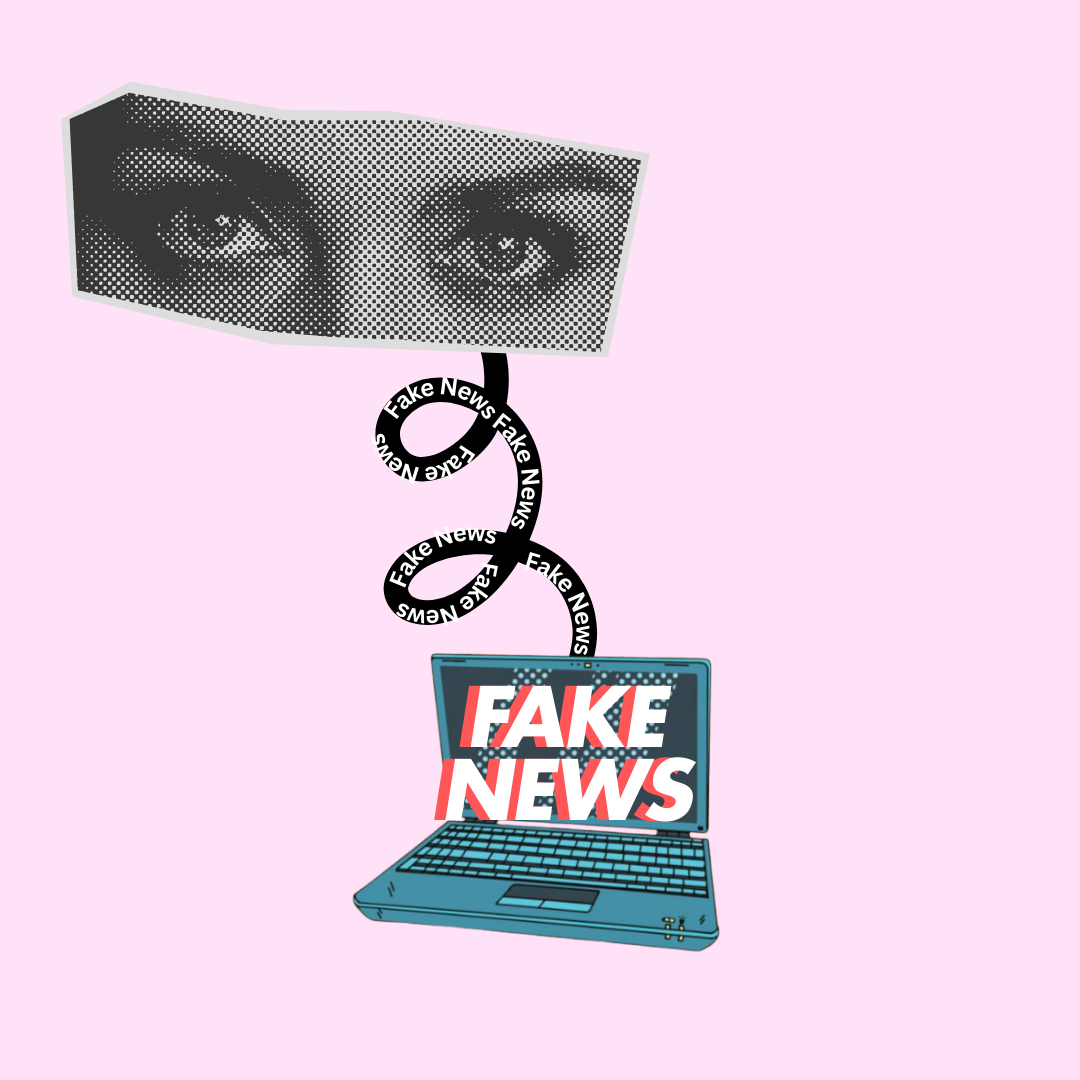

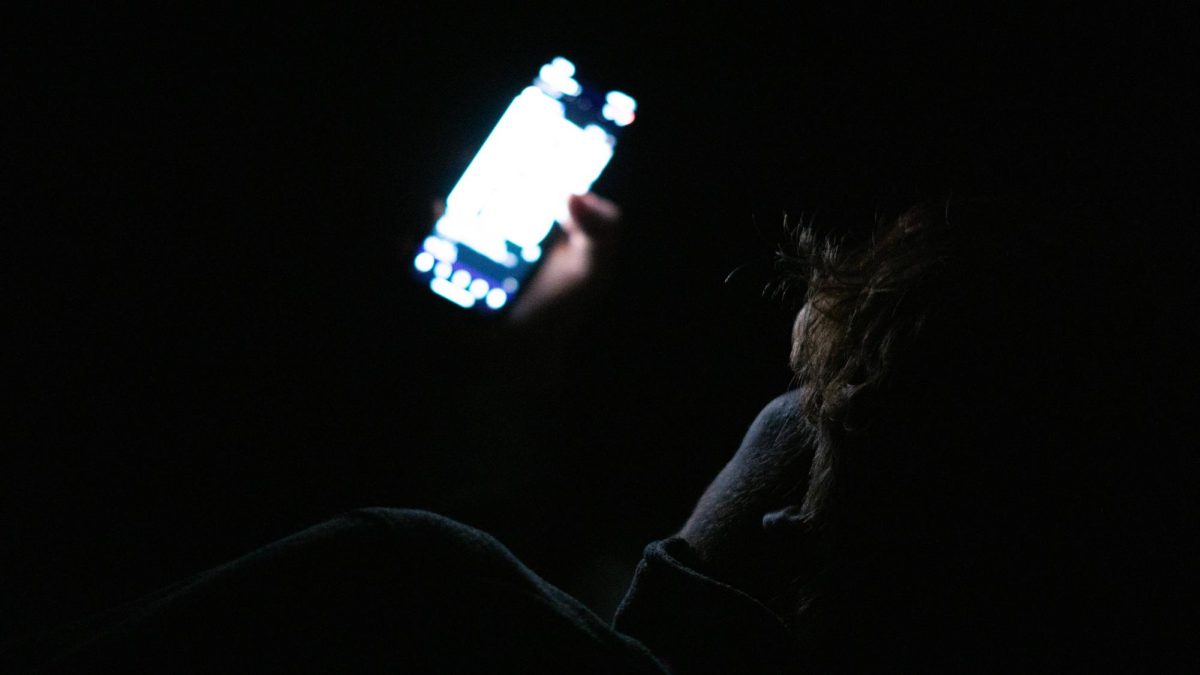

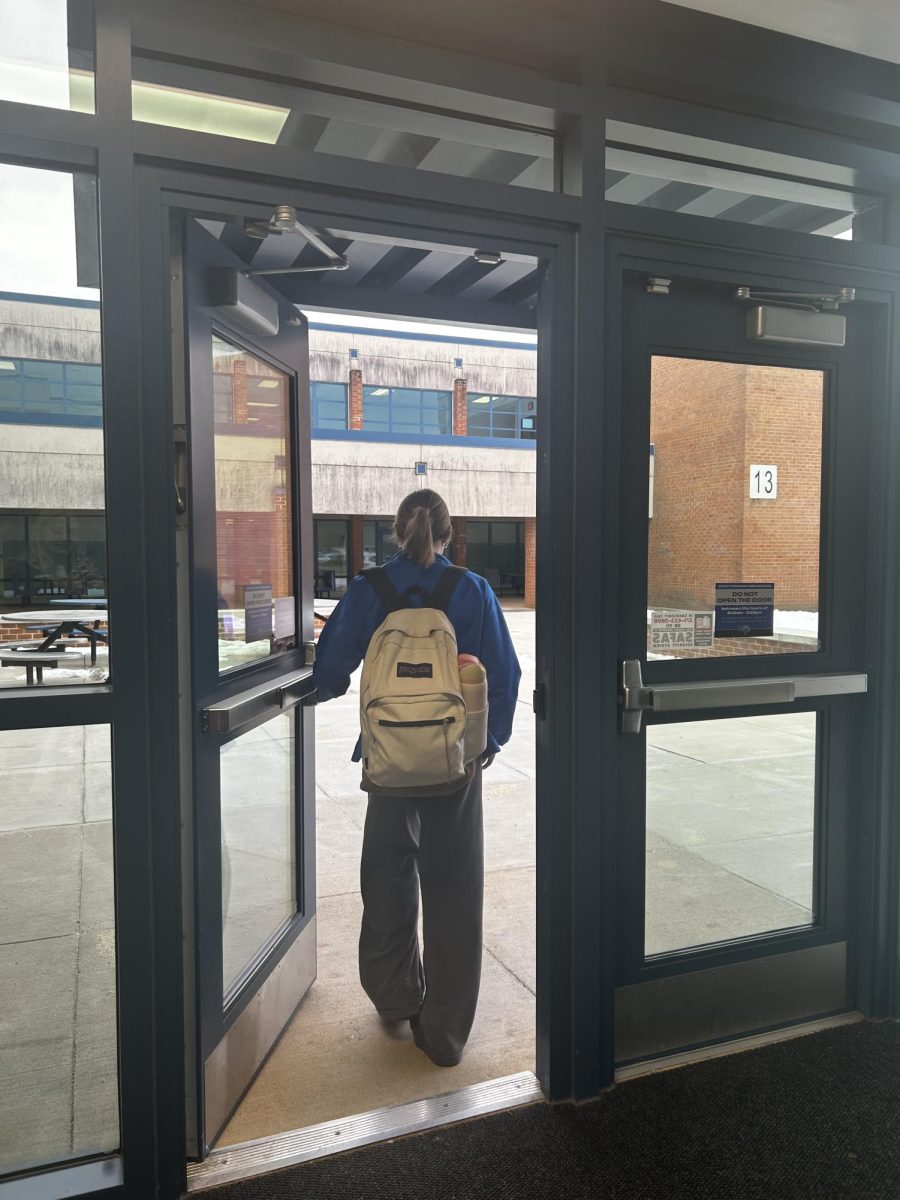





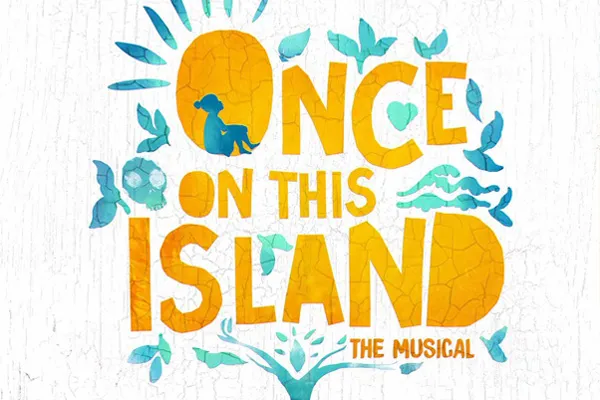

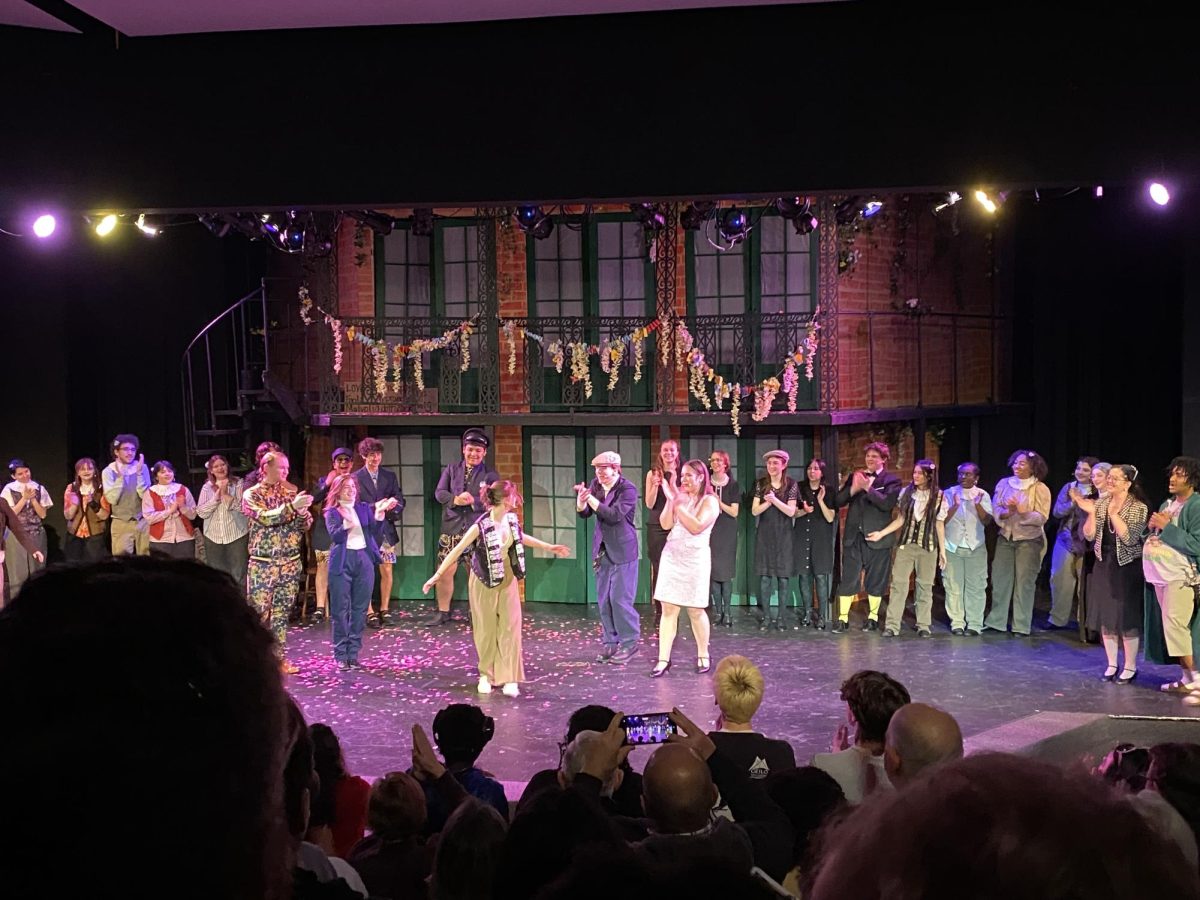




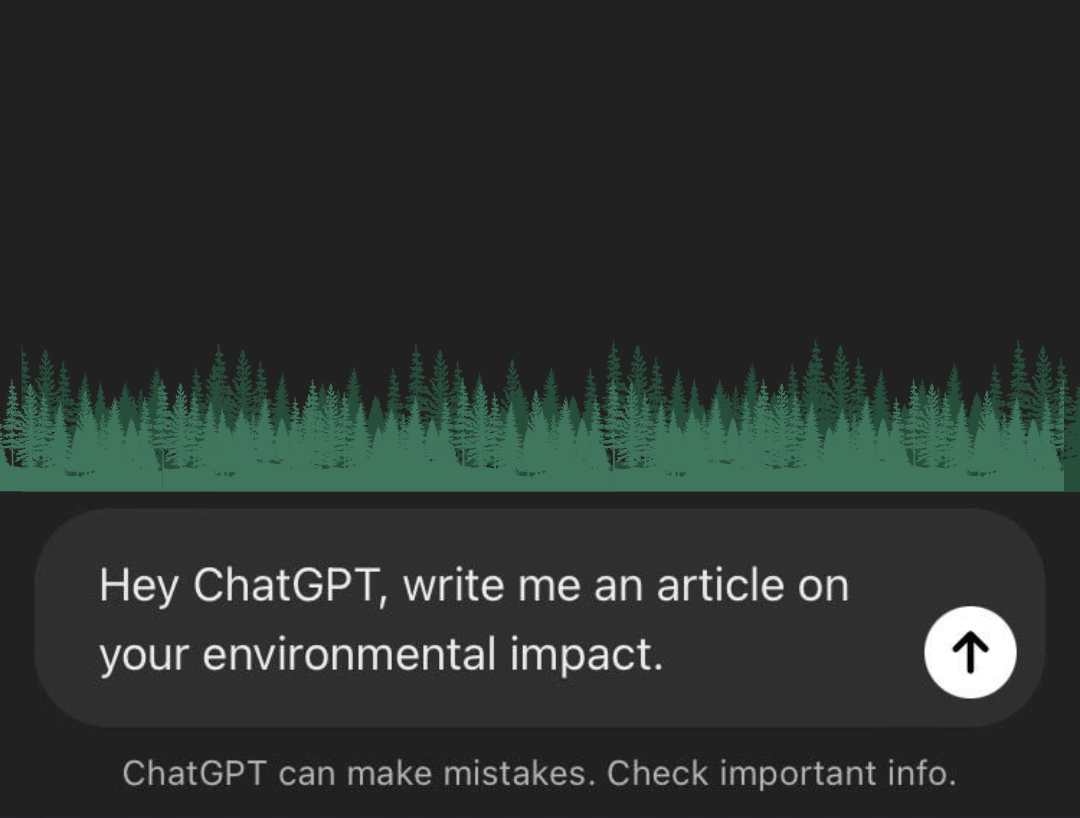

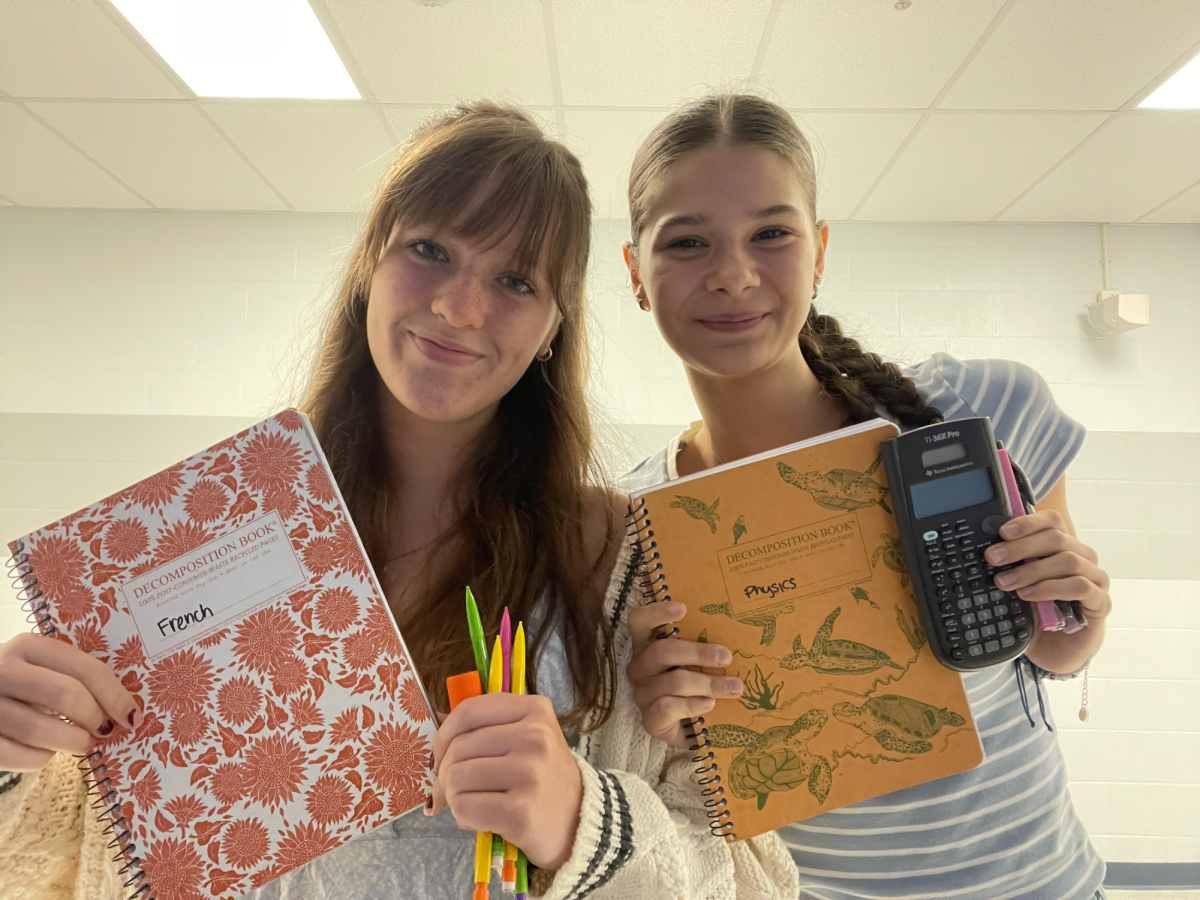





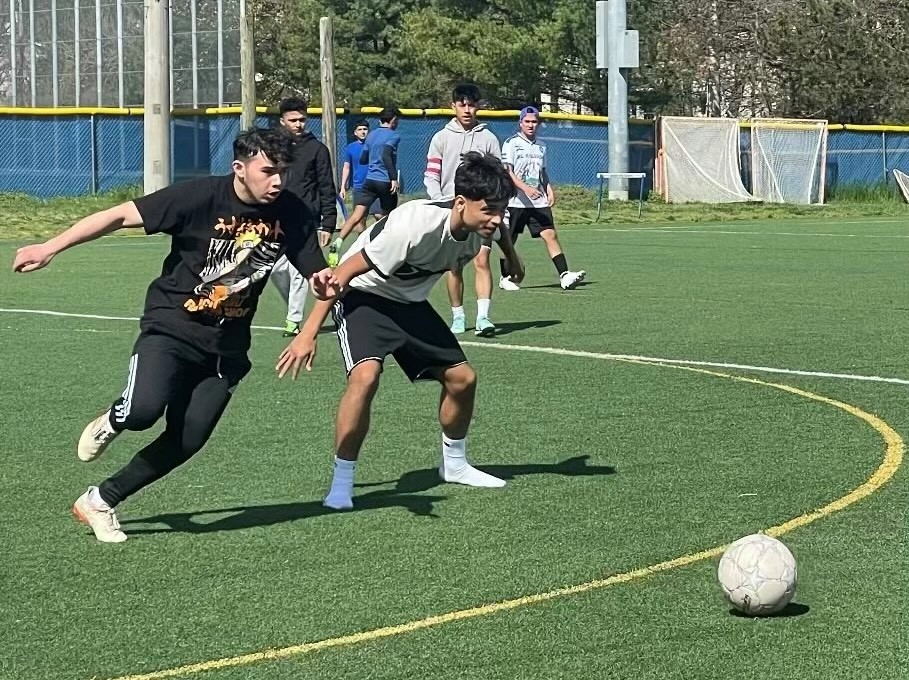
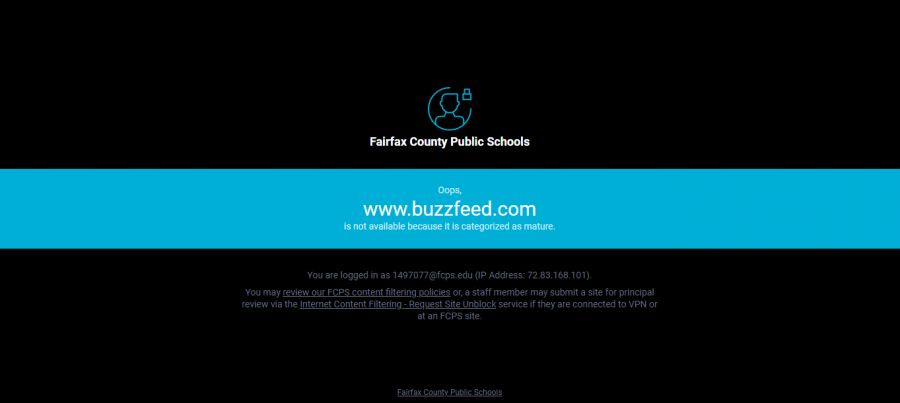
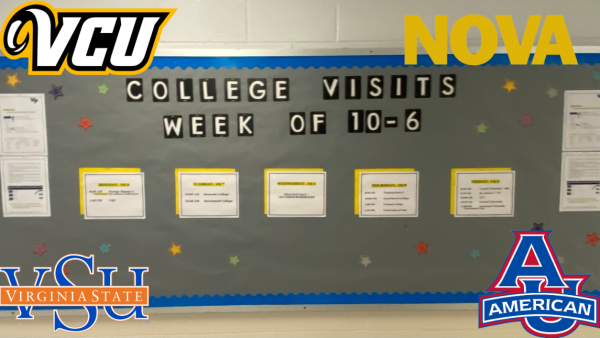
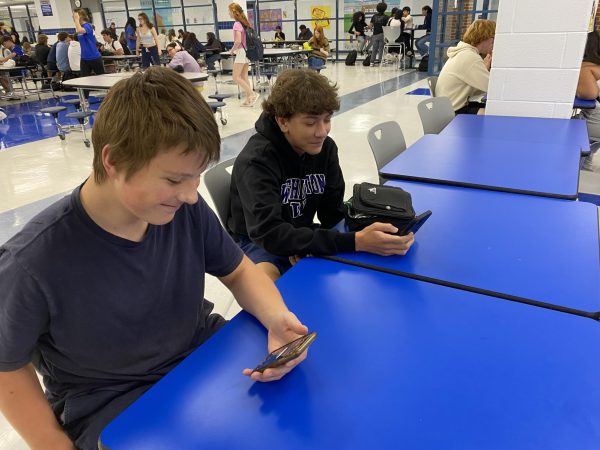


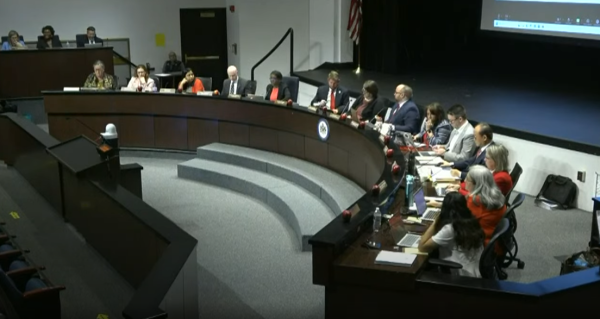

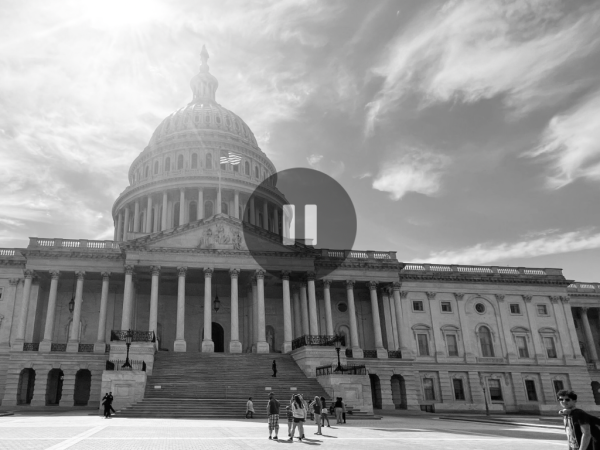
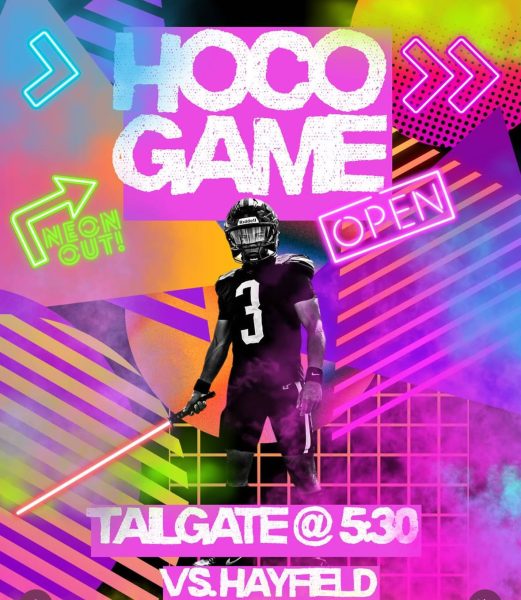
John doe • Nov 2, 2023 at 8:34 PM
Um how should I tell someone to unblock my at first games that is tanki online and it is only about tanks nothing violence just added so yeah if you have anything is a way i can request an person to unblock my game and also this game is educational and it is allowed to play.